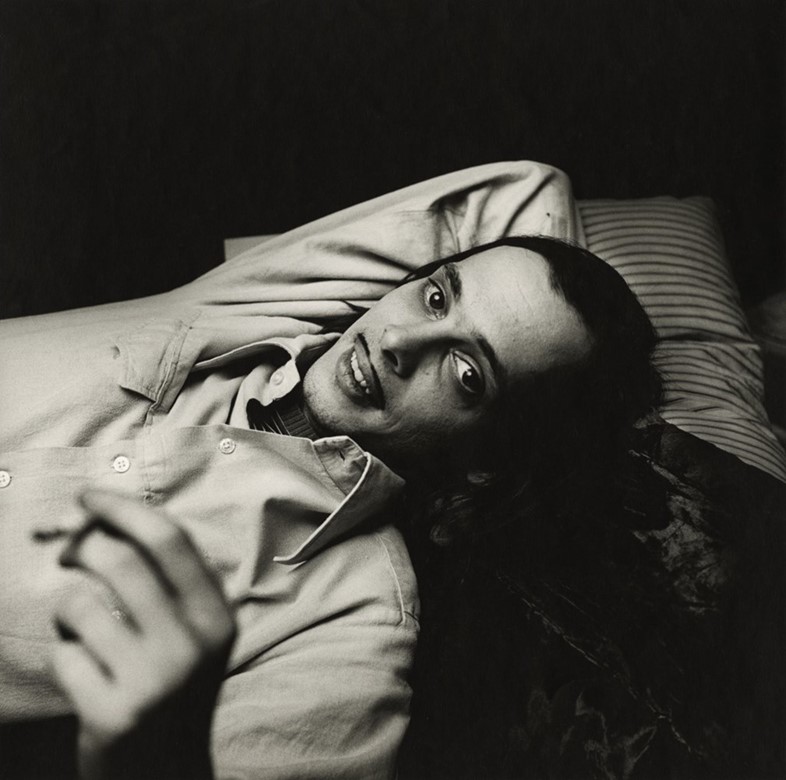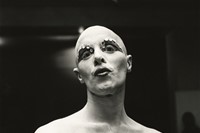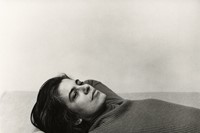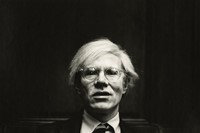As a new exhibition of the American photographer’s work opens in New York, we consider his startling, oft-overlooked impact on the genre
Who? Although many would recognise the work of Peter Hujar – his famous photograph of Susan Sontag reclining, for example, or his affecting shot of transgender actress Candy Darling on her deathbed – the American photographer and his impressive legacy are frequently overlooked.
Born in Trenton, New Jersey in 1934, Hujar was raised by his Ukrainian grandparents after his wayward parents abandoned him. In his teens, he moved to Manhattan to live with his estranged mother but, finding her hostile and abusive, soon left home to fend for himself. He received his first camera in 1947 and, after enrolling at the School of Industrial Arts and demonstrating an early flare for the medium, resolved to pursue photography as a career. By the 1970s he was rubbing shoulders with New York's most influential cultural figures, forging friendships with the likes of Sontag, Warhol, Diane Arbus and John Waters, all of whom he went on to photograph in his characteristically intimate and pared-back style. Now, Lost Downtown, a new exhibition of Hujar's portraiture at Paul Kasmin Gallery in New York, provides a welcome opportunity to revisit that defining era and its protagonists through Hujar's lens.
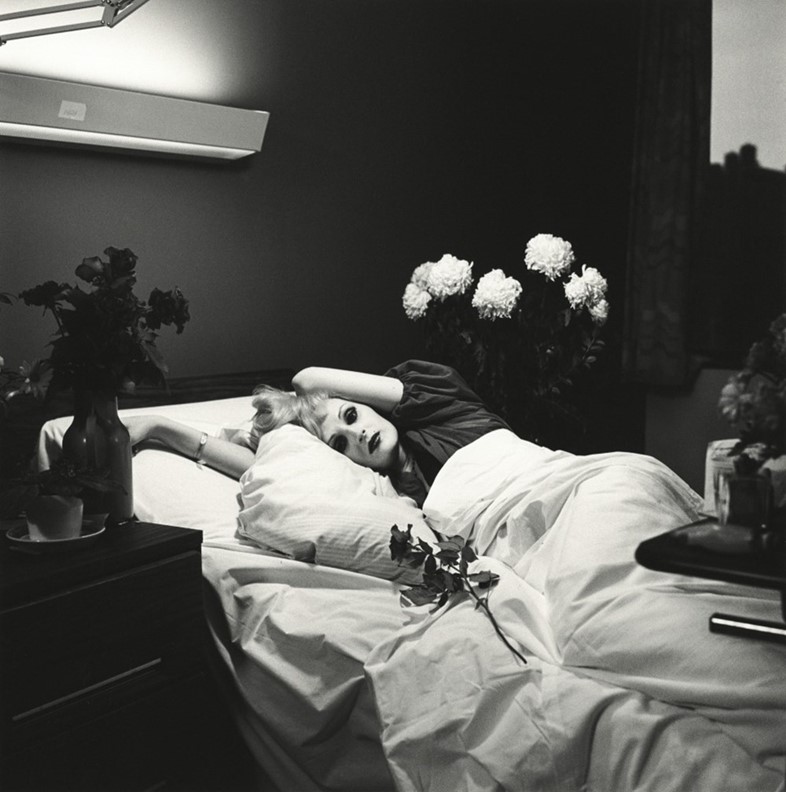
What? Hujar photographed almost entirely in black and white, his style defined by its simplicity and employment of traditional formats. But what is so unique about Hujar and his work is his deeply evocative and compassionate exploration of his subjects – be they human, animal or architectural. "His pictures are exotic but not in a shallow, sensational way," Nan Goldin once mused. "Looking at his photographs of nude men, even of a naked baby boy, is the closest I ever came to experience what it is to inhabit male flesh."
Indeed, there is something startling about the personal nature of Hujar's work; a quality that makes you feel almost voyeuristic as a viewer, whether peering at ruffled Fran Lebowitz lying in her bed or gazing upon Divine as he stares wistfully into the distance. As Hujar's close friend, the photography critic Vince Aletti told AnOther, "From the beginning [Peter's work] was incredibly soulful and spoke about his need, and urge, to connect. He wanted to really see people, to understand them and reach out in a way that was very touching. Peter rarely photographed people that he didn’t care about."
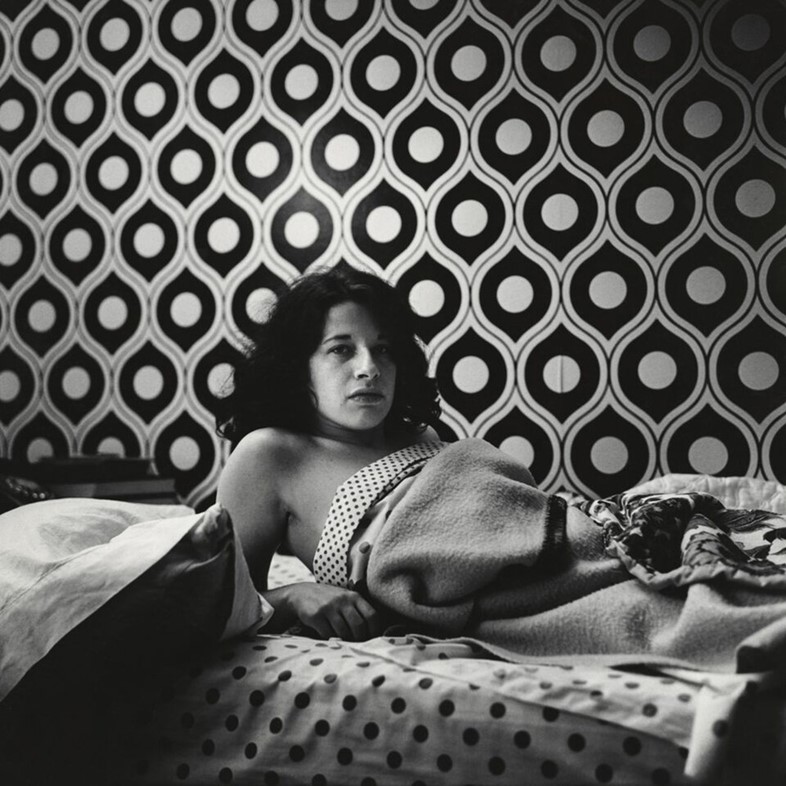
Why? Hujar died in 1987, at the age of 53, having contracted AIDs. In the years since his death, a number of galleries have hosted exhibitions of his work, while many artists have cited him as an influence upon their work. However, thanks to the Paul Kasmin show, a new tome from Steidl and a major retrospective at The Morgan Library slated for 2018, it looks 2016 could be Hujar's most seminal year to date; and that he may finally gain the recognition he so thoroughly deserves. As Mariska Nietzman, director of Paul Kasmin, explains, "With the show, we really hope to underscore Hujar's importance in portraiture and that he follows a long line of preeminent portrait photographers such as Irvin Penn, Richard Avedon, August Sander and Diane Arbus."
Peter Hujar: Lost Downtown is at Paul Kasmin Gallery from January 28 - February 27, 2016.
